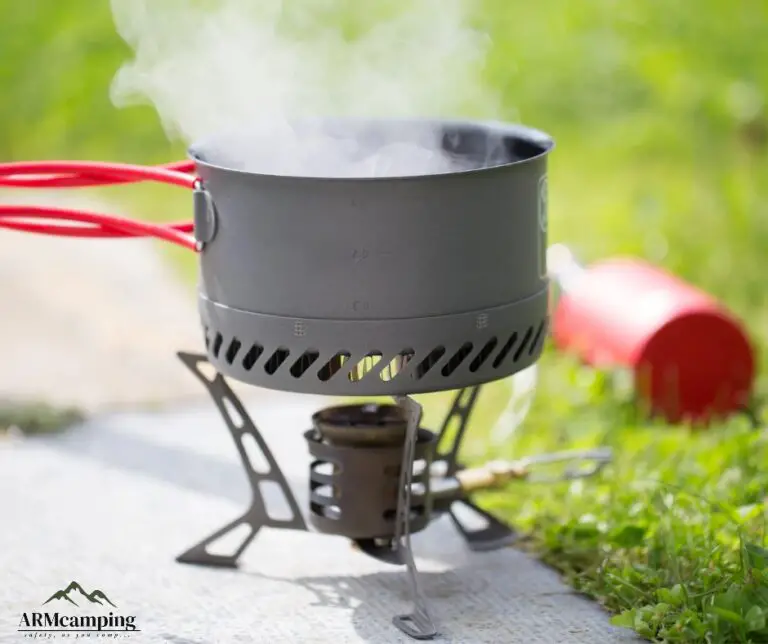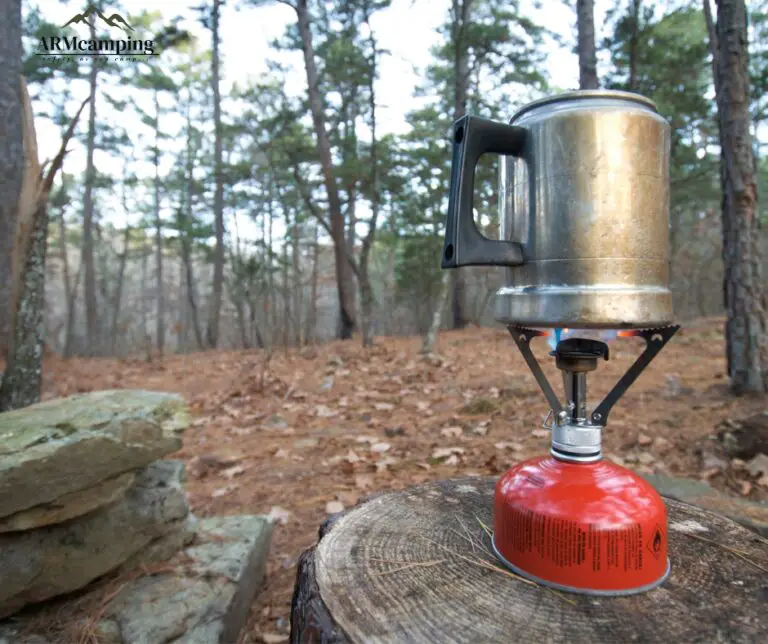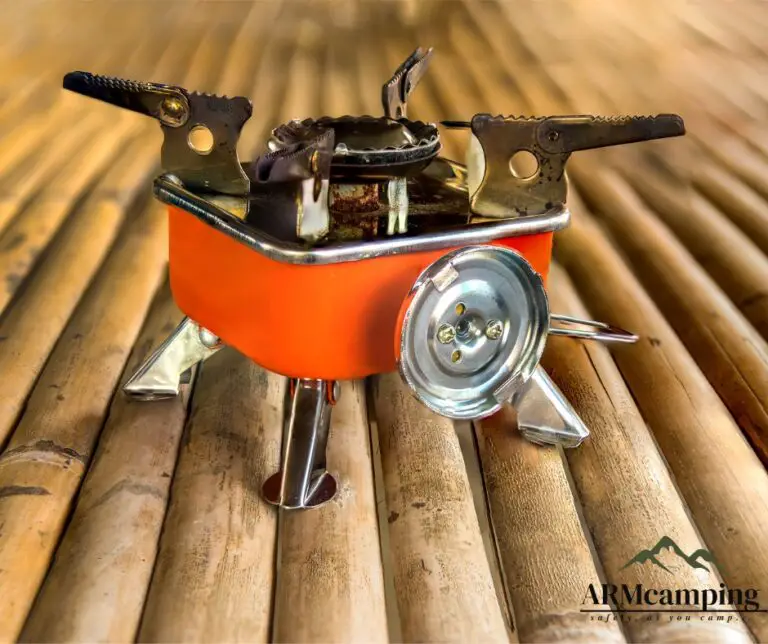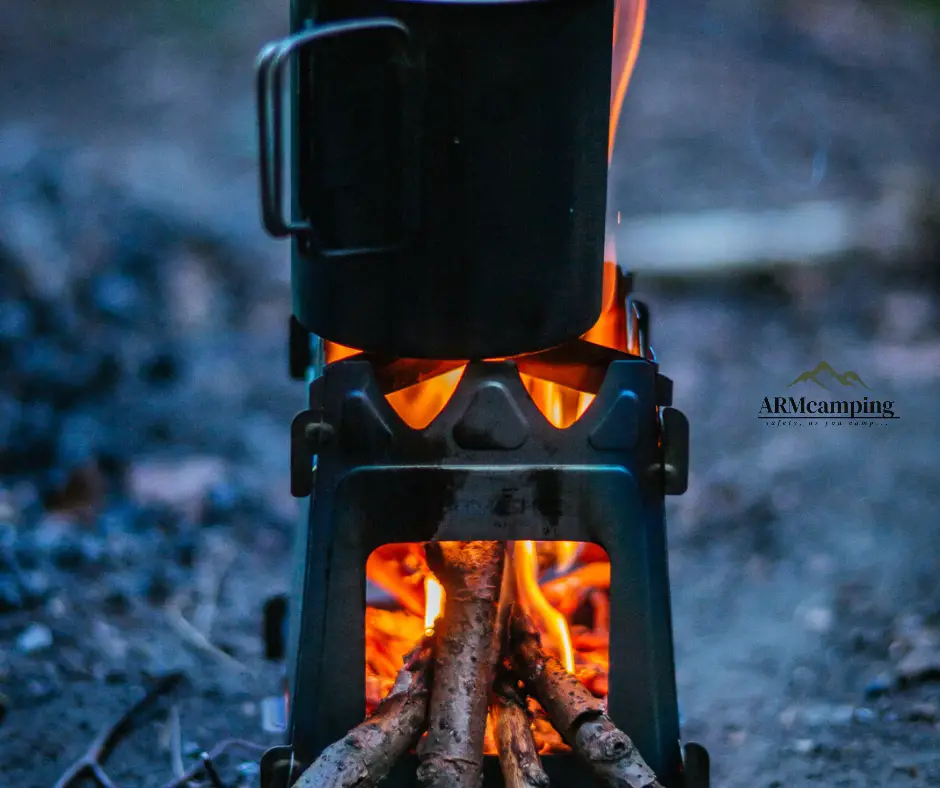
What Wood Should You Not Be Burned in A Wood Burning Camping Stove?
Table of Contents
Wood is an important fuel source for many campers and backpackers, but it is important to choose the right wood for your wood-burning camping stove. Some woods should not be burned in a wood stove, because they can release toxins or cause other problems. For example, oleander wood is very poisonous and should never be burned.
Greenwood, or wood that has not been properly seasoned, should also be avoided, as it can release harmful chemicals. Wood pallets should not be burned, as they may be treated with chemicals that can be released into the air when burned. Poisonous woods, such as Poison Oak, should also be avoided. Driftwood may contain pollutants that can be released into the air when burned.
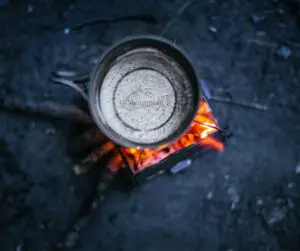
Non-local woods may be regulated or protected, so it is important to check before collecting them for firewood. Endangered species should obviously not be collected for firewood. Softwoods, such as pine and balsam, burn very quickly and are hot. This is due to their high resin content. Resin is a flammable substance that ignites easily and burns hot. For this reason, softwoods are often used for kindling fires.
10 Types of Wood that Should Not Be Burned in Wood Burning Camping Stoves
- Oleander
- Non-Local Wood
- Pressure Treated Lumber
- Green Wood or Unseasoned Wood
- Endangered Species
- Christmas Trees
- Poisonous wood
- Wood Pallets
- Painted or stained wood
- Driftwood
What Kind of Wood Should You Not Burn in A Wood Stove
Wood that Burns Too Slow
Wood stoves are a great way to cook outdoors, and they are a highly efficient way of heating your tent in the winter months, but they can also be used to cook indoors in the summer. Their efficiency comes from the fact that they burn slowly and evenly, which means they are great at regulating temperature. However, if the wood you are using is too dry, it can cause the fire to burn too slowly. This can be a problem because it can lead to incomplete combustion, which can create harmful fumes.
Woods with High Moisture Content
Wood stoves are a staple of camping and hiking adventures. The amount of water in wood is determined by the relative humidity (RH) of the surrounding atmosphere, which fluctuates slowly as the humidity of the wood changes.
Wood expands and contracts in response to moisture fluctuations; it swells when it absorbs moisture and shrinks when it loses moisture. These changes in moisture content can cause cracking and splitting of the wood, which can reduce its heat output and affect its ability to burn evenly.
However, Wood is a natural material that has been used by humans for centuries. It is strong and durable, making it an ideal material for furniture and other objects.
There are many different types of wood, each with its own unique properties. Afromosia, for example, is a type of wood that is known for its strength and beauty. Alder is another type of wood that is known for its durability.
Ash, birch, and cedar are all types of wood that are known for their strength and resistance to rot. Fir and balsam are two other types of wood that are often used in construction and furniture making. Commercial white wood is another type of wood that is often used in the manufacturing of furniture and other objects.
Wood that Burns Too Hot
If you’re going to be using a wood stove to heat your campsite, it’s important to use wood that’s not too dry. If the wood is too dry, it can cause the fire to get out of control and this will be a serious safety hazard. It’s also important to make sure that you’re using the right kind of wood for your stove. Some stoves are designed for specific types of wood and if you use the wrong type of wood, it can cause problems with the performance of your stove.
Woods with Resin
There are many different types of wood available for use in wood stoves, but not all of them are safe to burn. Resin is one type of wood that is not safe to burn. When burning resin, it produces a large amount of smoke and can cause respiratory problems. It is also important to know that burning resin in a wood stove can release harmful chemicals into the air, which can be dangerous to your health.
Woods that Are Toxic
Wood is a flame-retardant material, but not all woods are safe to burn. Some woods, like edible fig trees, are toxic and should not be burned. Others, like those listed below, are good for burning in your wood stove. Wood from fruit trees is generally safe to burn, with the exception of fig trees. Nut-bearing trees are also safe to burn, as are most hardwoods. However, some woods, like cedar, are best avoided because they can release harmful chemicals when burned.
In general, wood that is dry, well-seasoned, and free of chemicals is the best to burn in your wood stove. If you’re unsure about a particular type of wood, it’s best to consult with a professional before using it.
Finally
In conclusion, Try to avoid unwanted additives and stick to pure wood as discussed above. You will be able to avoid the trouble of unwanted additives and toxins by getting quality pieces of wood to burn. Also, you will be able to avoid the trouble of making a bad investment by getting a stove that is a good investment.

